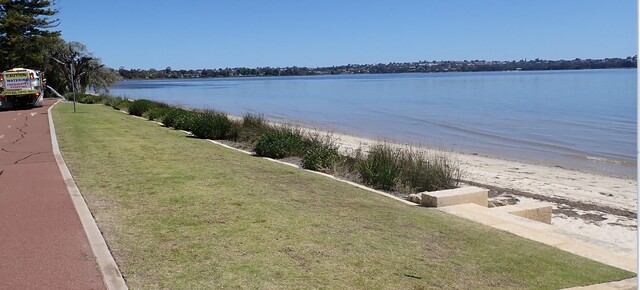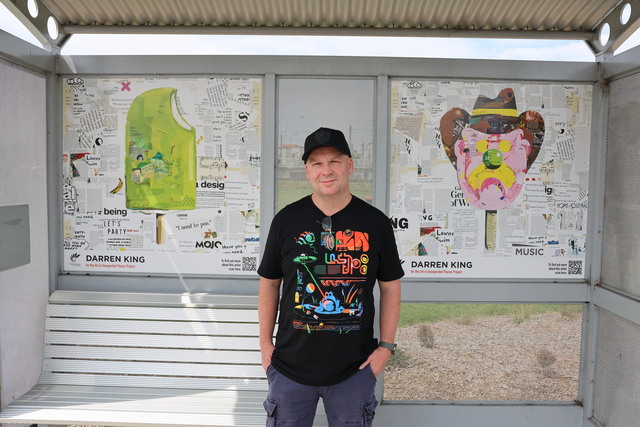The guide is available for councils to provide improved support for people with a disability.
The new guide – the first in 20 years – was launched in Brisbane last month to help councils support the inclusion of Australians with disability in their communities under the National Disability Strategy.
The Australian Bureau of Statistics estimates that more than four million Australians have a disability with around a third of them living with profound or severe disability requiring additional support and assistance.
The guide, Disability Inclusion Planning – A Guide for Local Government, was commissioned by the Australian Local Government Association (ALGA) with the support of the Australian Government and prepared by Urbis.
It provides information and tools to help councils to update, develop and implement inclusive policies and practices to ensure people with disability have equal access to services and facilities in their local government areas.
Hon Jane Prentice, Assistant Minister for Social Services and Disability Services, said the guide was an important tool supporting the implementation of the National Disability Strategy 2010-2020.
“The National Disability Strategy focuses on improving the lives of people with disability,” she said.
“Local government is an important partner in implementing this strategy and it is encouraging that ALGA has disability inclusion at the forefront of their agenda.
“I was very impressed that three local councils were finalists in the National Disability Awards I hosted at Parliament House last week and I am particularly proud that the Brisbane City Council won the Employer of the Year Award.”
Mayor David O’Loughlin, the President of ALGA, said councils play a key role in working towards an inclusive society.
“Councils have been proactive in the area of disability for many years. As a major provider of goods, services and facilities, local government has a major contribution to make in enabling people with disability to participate equally in their communities,” Mayor O’Loughlin said.
“The national view of disability services is moving away from a compliance focus to a more holistic way of providing people with disability the opportunity to fully participate in all aspects of society, and it is here that councils are critical.
“There have been several fundamental changes in the way we provide support for people with disability in the past two decades and this guide acts as a resource to assist councils in responding to and meeting those new requirements.
“I urge all councils to develop or update their Disability Access and Inclusion Plans using the guide, which they can download on the ALGA website.”
Lord Mayor of Brisbane, Councillor Graham Quirk, said improving Brisbane’s accessibility and inclusiveness was a key priority for the city, and Brisbane City Council was investing more than $27 million this financial year.
“Brisbane has already delivered a 100 percent accessible bus fleet and is in the process of upgrading all ferry terminals and bus stops to be fully accessible,” Cr Quirk said.
The Disability Inclusion Planning – A Guide for Local Government updates the 1995 version to align with developments in disability including the: National Disability Strategy 2010-20; Disability (Access to Premises-Buildings) Standards 2010; Disability Standards for Accessible Public Transport 2002; and the National Disability Insurance Scheme (NDIS).







